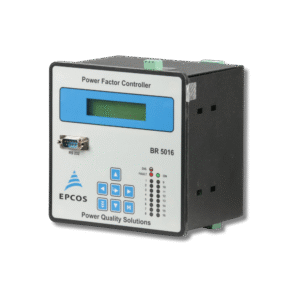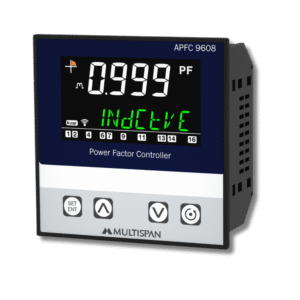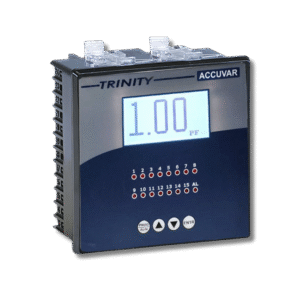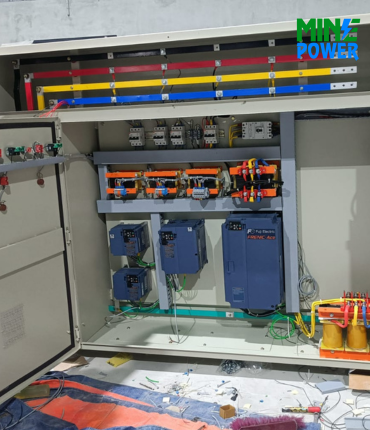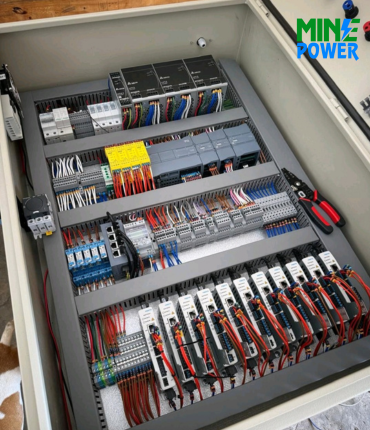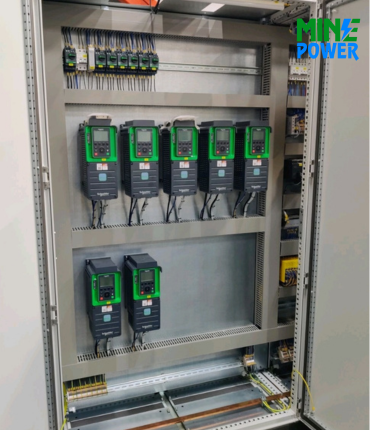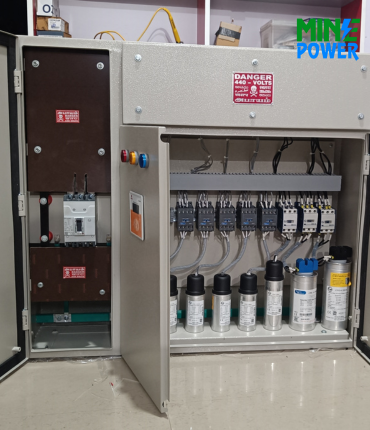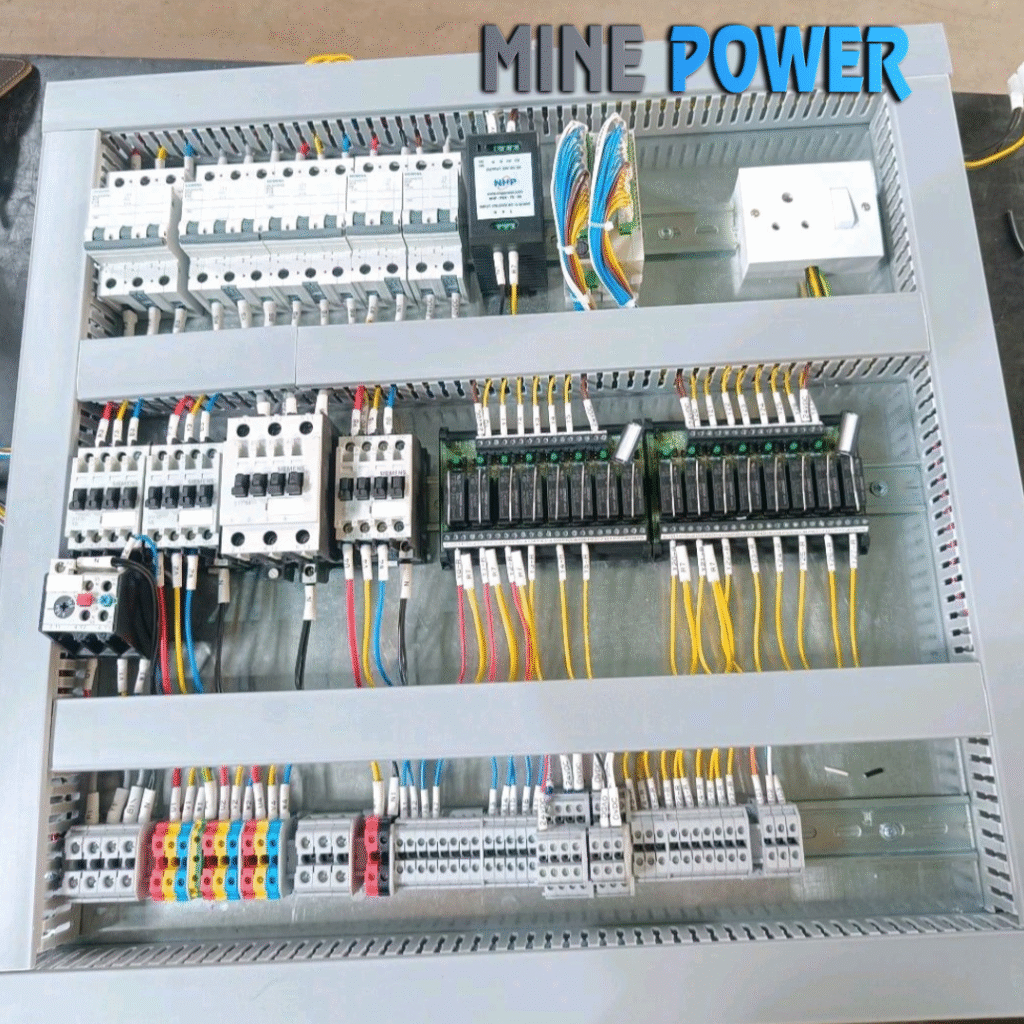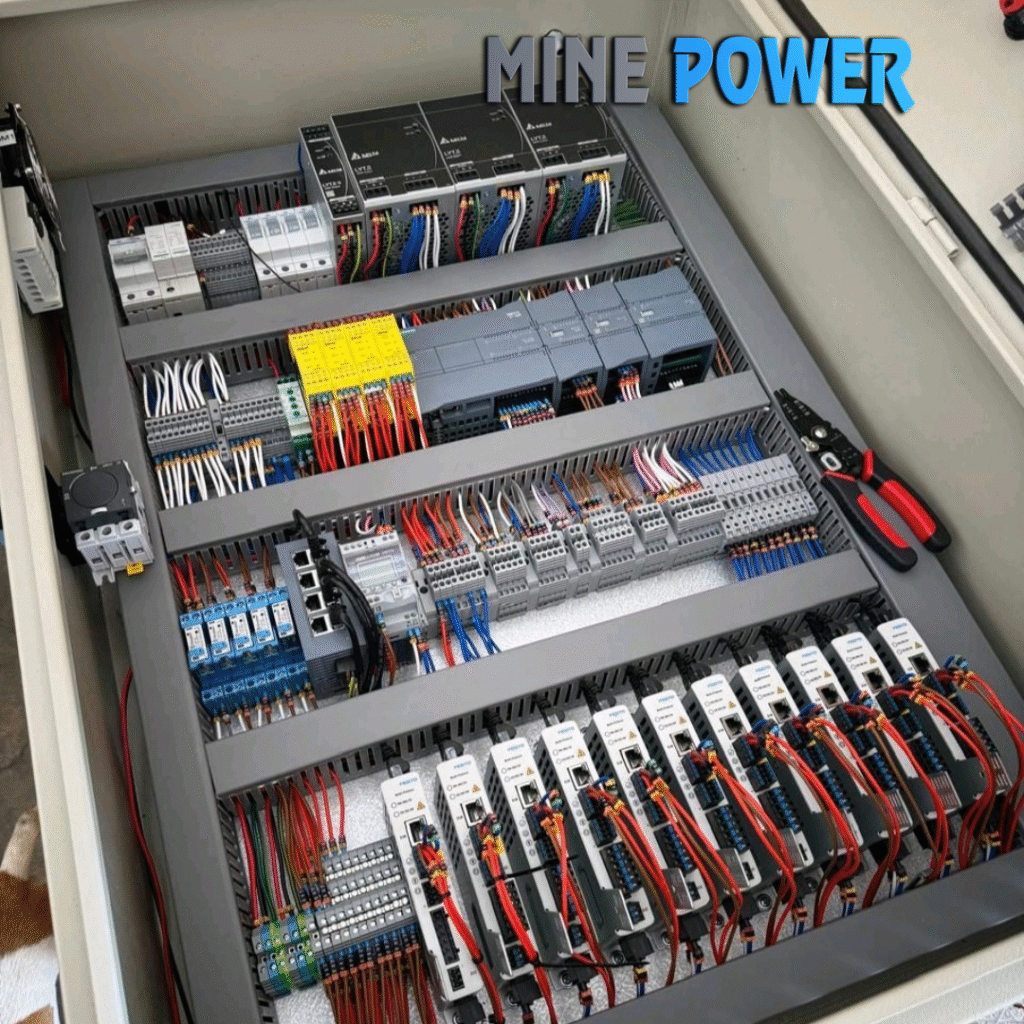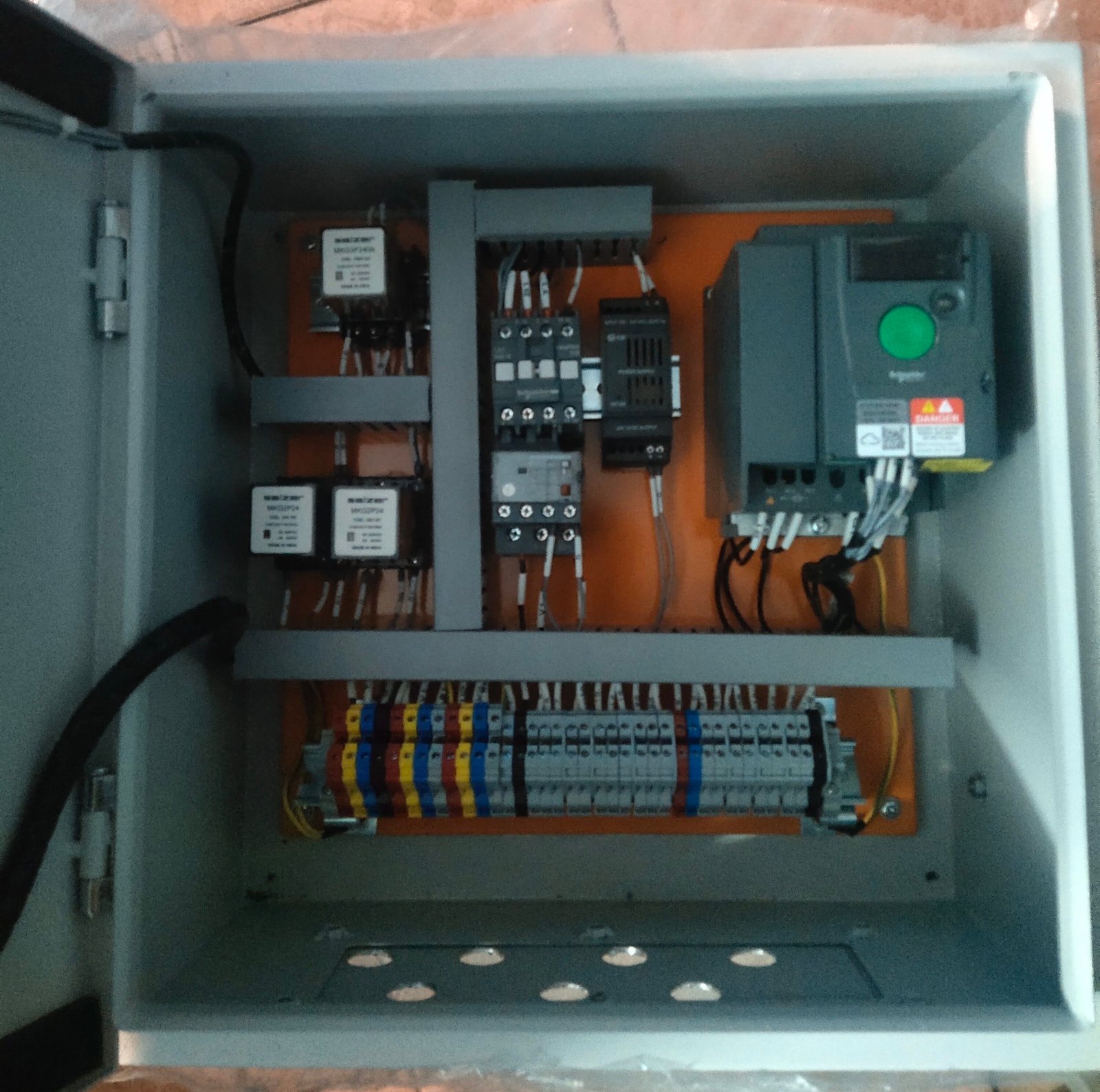The L&T Power Factor Controller is a smart APFC relay that automatically monitors and regulates power factor by controlling capacitor banks. Designed with advanced features like capacitor health monitoring, event logging, and network connectivity, it ensures cost savings, improved efficiency, and compliance in industries, commercial buildings, and renewable energy systems.
Description
The L&T Power Factor Controller (APFC Relay) is an intelligent device that monitors and maintains the power factor of electrical systems by automatically switching capacitor banks ON or OFF. It helps reduce penalties from utilities, improves energy efficiency, and ensures compliance with power quality standards.
Specifications
-
Voltage Range: 90 – 550V AC (phase-to-phase)
-
Frequency: 50/60 Hz
-
Steps Control: 4 / 6 / 8 / 12 / 16 steps (configurable)
-
Display: LCD / LED for PF, kvar, voltage, current, THD, alarms
-
Communication: RS-485 / Modbus (in advanced models)
-
Protection: Over/Under Voltage, Over Current, Harmonic Overload, Capacitor Failure Detection
-
Mounting: Panel flush mounting
-
Standards: IEC 61010, IEC 60255
Features
-
Microcontroller-based design for high accuracy
-
Automatic capacitor switching to maintain near-unity PF
-
Programmable C/K ratio & sensitivity
-
Capacitor health monitoring & protection
-
Event/alarm logging for analysis
-
Models available with network connectivity for SCADA/BMS integration
Applications
-
Industrial plants with large inductive loads (motors, compressors, welding machines)
-
Commercial complexes, malls, and hospitals (to avoid PF penalties)
-
Renewable energy systems (solar/wind) requiring grid compliance
-
Power utilities and substations
-
Motor control centers (MCCs) and distribution panels
Advantages
-
Maintains PF close to unity (0.99)
-
Reduces energy costs and avoids utility penalties
-
Improves system efficiency & voltage stability
-
Extends life of transformers, cables, and switchgear
-
Helps achieve energy compliance & audits
Disadvantages
-
Initial setup cost higher than manual capacitor switching
-
Requires skilled configuration & maintenance
-
Capacitor banks may need periodic replacement
-
Sensitive to harmonic distortion if not filtered



